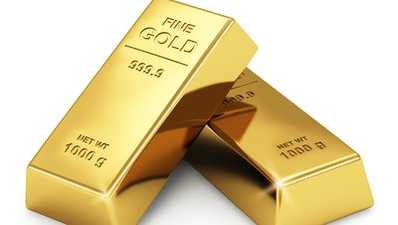| Home | About | Archives | RSS Feed |

The Independent Investor: Time to Hedge Your Bets?
 |
Over the last few weeks, the threat of rising inflation has triggered a great deal of concern among investors. Given that inflation has been at a low level for a number of years, their concern may be justified.
Many market pundits were surprised by the wage data in the non-farm payroll report for December, which was released two weeks ago, Friday. In that report, wages jumped far more than most expected coming in at a 2.9 percent annualized growth rate.
Given that our central bank monitors wages as one of their key indicators to gauge future inflation, that number sent the bond and stock markets into a tizzy. Again this week, investors received another inflationary surprise when the most recent Consumer Price Index (CPI) jumped 0.5 percent in January. The gains were broad-based in everything from energy to apparel.
This news was not taken too well in the bond market where the U.S. 10-year Treasury bond rose to above 2.9 percent, the highest level it has been in several years. Many economists believe that a further rise to 3 percent is inevitable. Yet, none of these numbers spell doom for the economy or even the stock market. From a historical perspective, both inflation and interest rates are still at incredibly low levels. But the markets tend to look ahead.
What, they ask, will the rate of inflation be by the end of this year or next year? Here, things get a bit dicey. You see these recent inflation numbers do not reflect the impact of the $1.5 trillion tax cut, nor the increase in the nation's deficit. Neither do they include this week's presidential announcement that an infrastructure package worth another $1 trillion is in the works.
If you add all of this spending up, in addition to an economy that is already growing at 3 percent while unemployment is at rock bottom levels, there is a danger that the economy might overheat. If this were to occur, the Fed would be forced to raise interest rates sharply. That would be bad news for stock and bond holders.
However, in a scenario where inflation expectations are rising, commodities do quite well, at least for a year or so before the Fed takes away the punch bowl by raising rates. When most investors fear inflation, they buy gold as a hedge. It has worked well through past cycles.
Looking at the price of gold over the past decade or so, gold's up cycle began back in 2002. It peaked in 2011 when the price per ounce touched $2,000. Since then, it has fallen by almost half, finally bottoming out in 2013 at around $1,200 an ounce. It has gradually creeped higher (by about $200 per ounce) in fits and starts until now. For the last year or so it has been in a trading range of $1,310-$1,370.
While we won't know whether those predicting higher inflation will prove to be correct, it might be a good idea to at least hedge your portfolio. A little gold exposure, via a precious metal fund, commodity fund, or a combination of the two, might not be a bad idea. Since
commodities are speculative, provide no interest or dividends, and are much more volatile than either stocks or bonds, buyers should beware. If you decide to hedge against inflation, I would limit exposure to no more than 2-5 percent of any portfolio.
Bill Schmick is registered as an investment adviser representative and portfolio manager with Berkshire Money Management (BMM), managing over $400 million for investors in the Berkshires. Bill's forecasts and opinions are purely his own. None of the information presented here should be construed as an endorsement of BMM or a solicitation to become a client of BMM. Direct inquiries to Bill at 1-888-232-6072 (toll free) or email him at Bill@afewdollarsmore.com.

